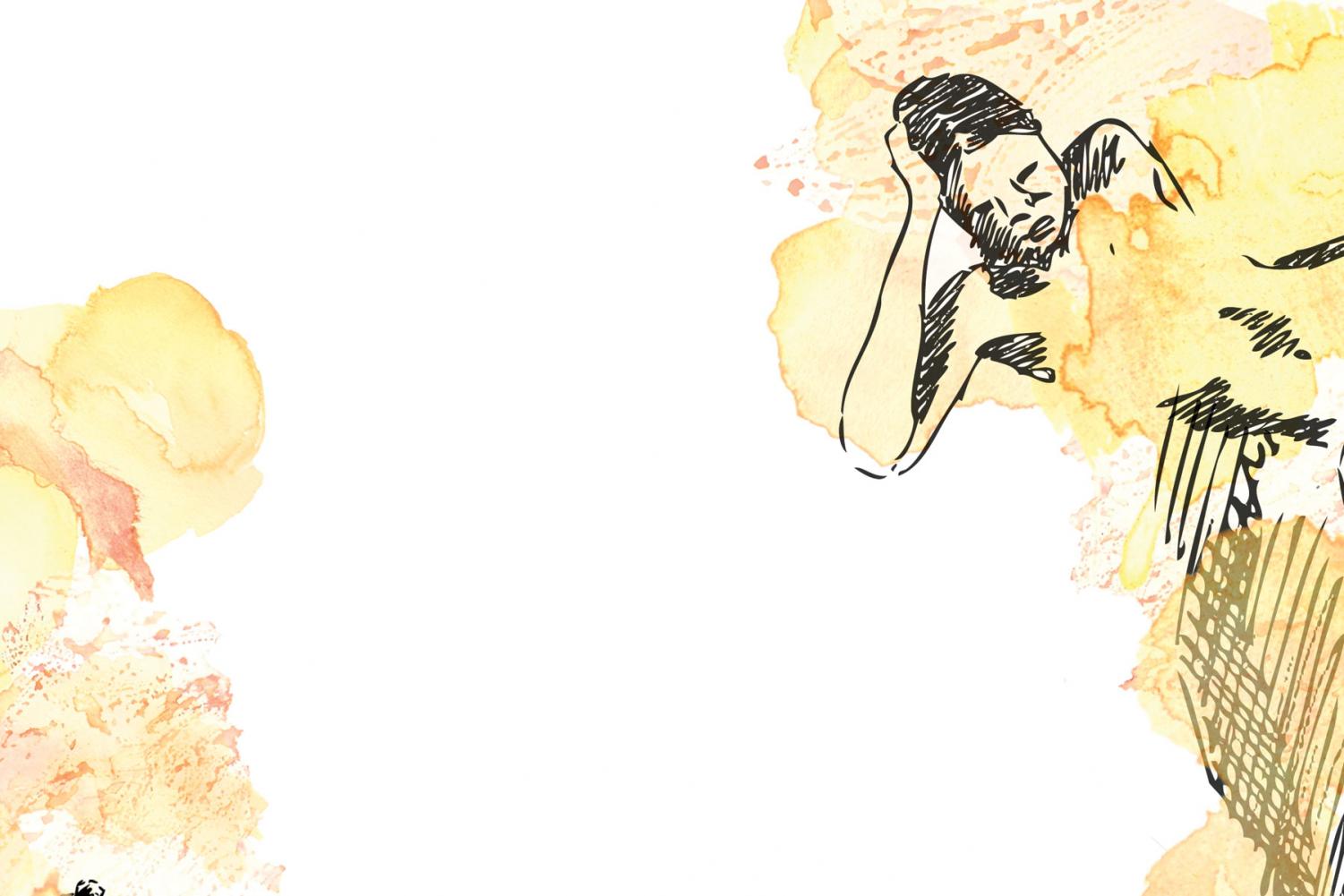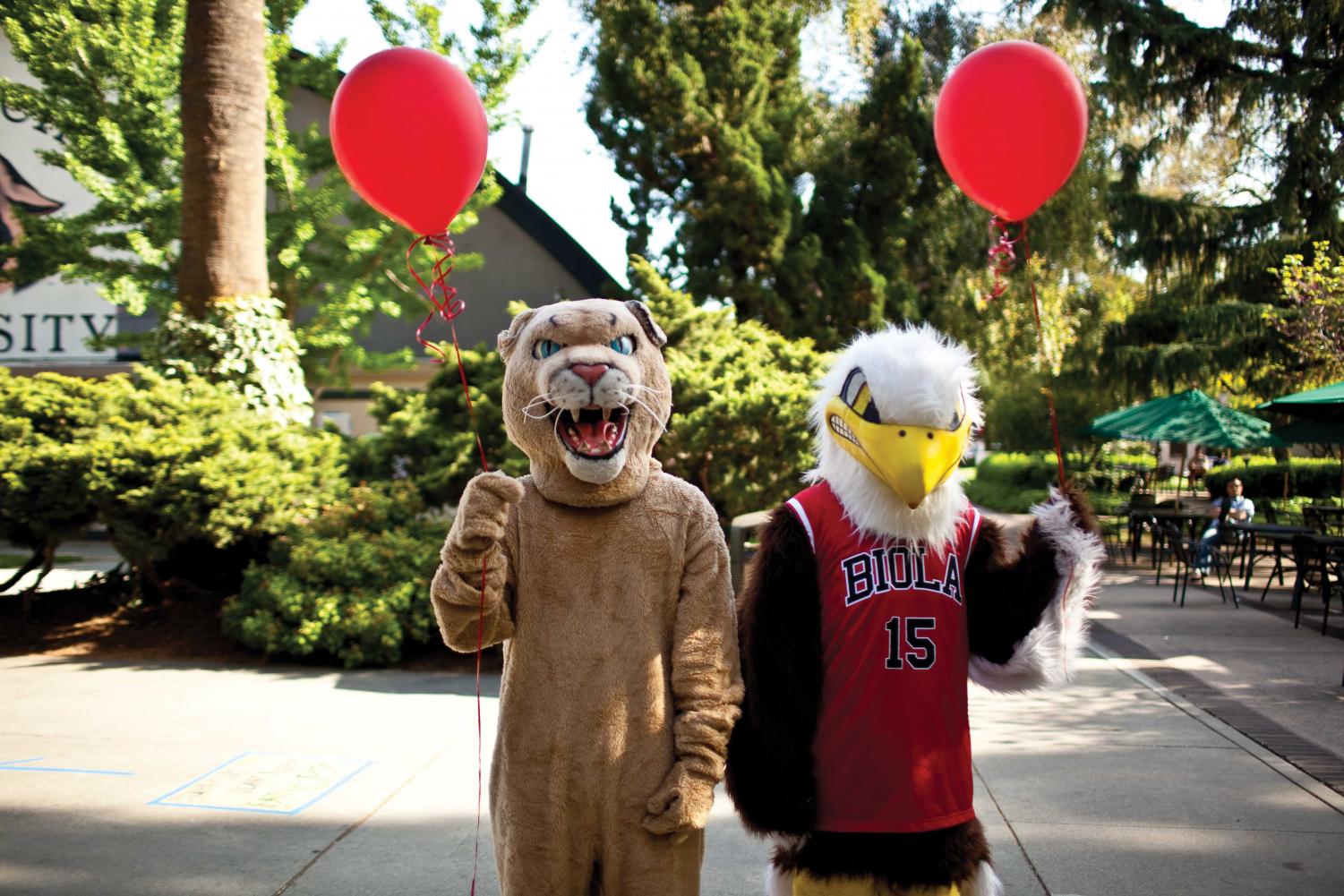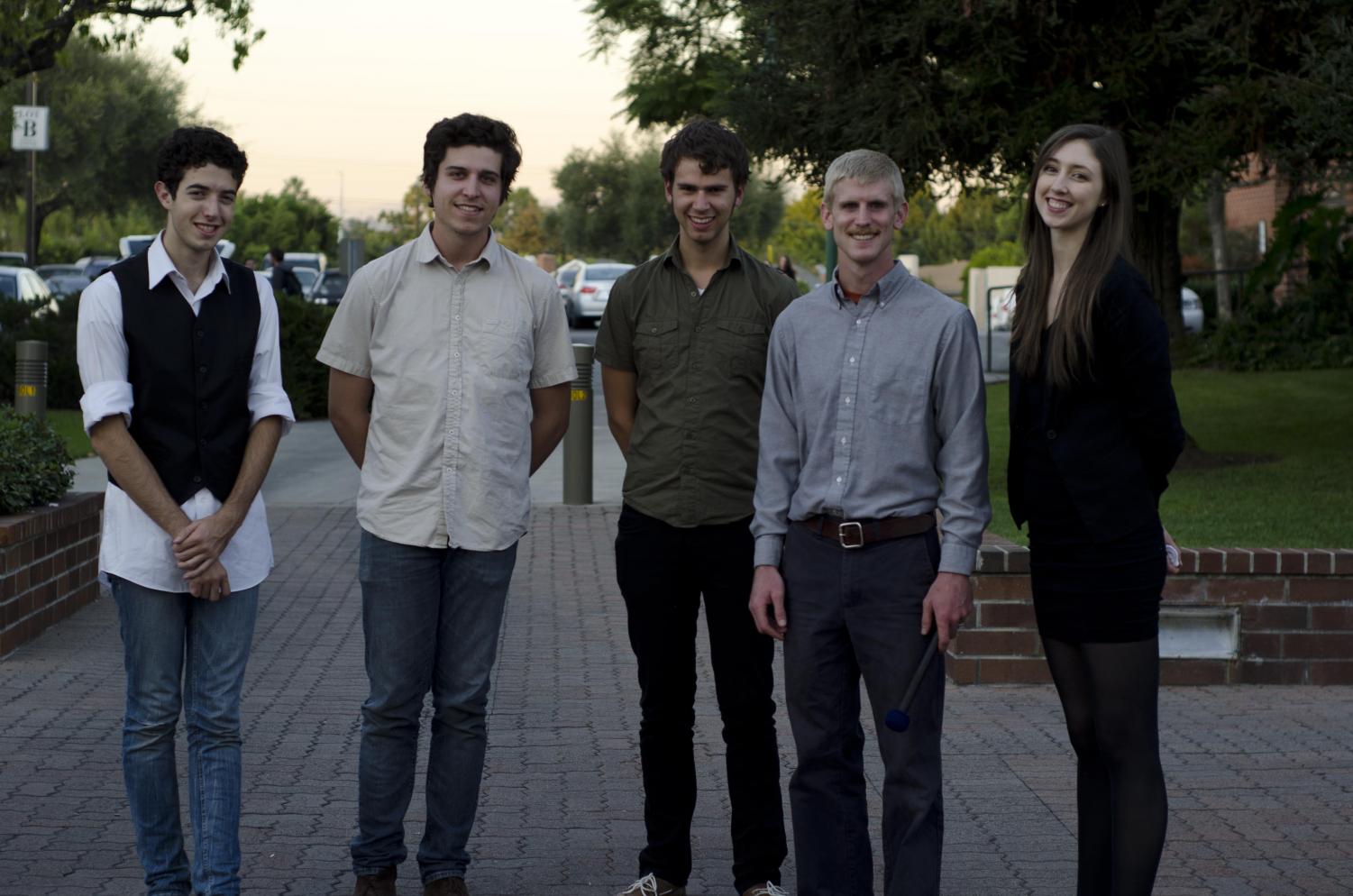Porn/Art Q&A from The Point on Vimeo.
Written by Karin Hamilton
How do you define pornography?
Lisa Swain, Professor of Cinema: Any narcissistic enjoyment of pleasure that has utter disregard for the other person in the relationship.
Jonathan Anderson, Professor of Art: The objectification of a person’s sexuality for personal, private consumption.
Gary Strauss, Professor of Psychology: Consumption that is specifically for the purpose of self-gratification.
How do you draw the line between porn and art?
Strauss: An image that’s very much focusing on the body itself, the intimate portions of a person’s sexuality, sexual activity or even just the portrayal of the nude body, where there seems to be no purpose other than erotic stimulation. That is where you have clear divisions.
Anderson: I would define pornography as having a consumptive drive to it whereas art is reflective. The whole point of art is to reflect on something, to raise certain questions. The problem is that you can take the same object and have two different people do two different things with it. As viewers, we’re writers in a way.
Swain: The one thing that’s very clear is when an image is designed to evoke pornographic response. But when you’re backing away from that, what you always trying to promote in artists is truth in what they’re telling. One of the important things is to keep people talking, to keep people in conversation.
How can a Christian responsibly portray sexuality?
Swain: The nude body itself communicates a lot besides just sex. It communicates vulnerability; it communicates innocence; it communicates intimacy. And sexual expression communicates more than just lust. There are a million things that are said with nudity and with sexual expression that have nothing to do with just pure lust and just pure consumption. If in a story those elements are handled with care and handled with truth, then I think the artist has a responsibility to use those elements. It’s not license; it’s an obligation to demonstrate those things in a healthy manner.
Anderson: The artist does need to take responsibility. They are putting something into the world. They’re contributing to culture. But certainly we need to recognize and dignify the viewers with they’re measure of responsibility. I can’t be responsible for talking to everyone and shepherding every response that’s going to be made to my image.
Swain: Christians for a long time, in trying to steer away from pornography, have so sanitized the product that it ends up being just as untruthful as pornography but just in a different way. The church has been so worried about that that it has failed to celebrate the artists. But viva la mess! They have tried so hard to be cautious that they have suffocated a lot of the generosity of spirit that was part of the original creation. I’d rather see somebody make mistakes.
What are some examples of art that deal with highly sexual issues without straying into porn?
Anderson: There’s an Egyptian artist named Ghada Amer. [She made] wonderful canvases that are stitched of traditional female roles in Egyptian cultures, and then you realize, those are pornographic images she’s stitching and then just layering. It’s porn she’s appropriating. She’s taking the images directly from pornographic magazines, but it’s not just for consumption. It’s supposed to critique that pretty heavily. It’s highly critical. And in a lot of ways, I think the Sports Illustrated swimsuit edition is way more pornographic than [Amer’s] images, even though her images are more explicit.
Strauss: There’s something very interesting being portrayed in The Vagina Monologues. Various artists were invited to portray the vagina, particularly the vulva, in a style that represented their genre, so you have this whole array of plates sculpted to portray the vagina. Yet, this is so interesting as an exposure to artistic genre. The portrayal was not so realistic that you were immediately drawn in a pornographic manner. Rather, it was an interesting portrayal of the very same subject with such great variation.
What boundaries have you created for the classroom?
Anderson: It’s always an issue when teaching figure drawing. I usually will spend a portion of the first class addressing the issue of nudity and looking at another person’s nudity. We approach as someone who wants to understand, who regards the body as something that is good and even holy to be revered and that ultimately, the person we’re drawing is of utmost importance. Continually resisting the urge to turn the person into an object.
Swain: Watching it and shooting it are different things from a college-age perspective. I tend to be rather conservative on what I think college students should be shooting because it’s a very different experience when you’re actually in the intimate situation around the camera.
Strauss: I have purposefully chosen the textbook to rely primarily on line drawings rather than explicit photographs. Many teachers of human sexuality in secular settings will flood their students with pornographic images for the first two or three class sessions to desensitize them to nudity. My thought is, so they have desensitized these students, but what sort of library of images have they created for these students that they now carry with them?
What has your experience been like with portraying sex or nudity in your respective fields?
Swain: I’ve never been on set on a pornographic picture — I just want to make sure that’s really clear. But I have been on set when sex scenes were shot. One in particular I remember was so particularly uncomfortable because the girl had been cast just two days prior. We’d been down to the wire, and she was flown in, and the next scene she’s in a kitchen scene where there’s pots and pans and flour flying. They’re making out, and it was very g-rated, but still very evasive. It’s not a steamy situation because the director’s saying things like “Lower your chin to the right; his hand should be going up your back.” It’s not a truly intimate situation, but it’s very uncomfortable for everybody in the room, and for that reason most the time they clear everybody out except for the people that are very involved with it. It’s nothing like what’s experienced in the viewing of it when it’s edited and music’s been added. It’s nothing like that.
Anderson: It’s pretty similar to that in that drawing the live model in a classroom situation is like the least erotic thing ever. It’s just not because the preoccupation is with things like proper proportions and correct measurements and sensitivity to line weight. The more realistic the image gets, the more time is invested in the shading and the light logic and those formalist things. In figure drawing we’re interested in really ordinary people and a wide variety of body types. Our model this week is probably 300 pounds. It’s wonderful. Our models are always wonderful to draw, and we make efforts to get to know them and talk with them and relate to them as people.
Swain: It becomes less about the actual experience and more about controlling the image.
Anderson: Because of that, I think the concern with this conversation is more for viewer than for the artist. The artistic creative process is one that is generally strategic and formalist and is trying to do something, say something. I’m more concerned about viewers than I am for me as an artist. I hope that’s not naïve, but I can painstakingly spend 30 hours making a drawing of someone that’s read instantly. All of that labor, the mechanics of what the image actually is and how it was made, is sort of filtered out.
How does faith affect your view of art and sexuality?
Swain: When we fell in the garden, God could’ve handled [nudity] in any number of ways. He could’ve had us grow fur. But He didn’t. He made clothes, and to me, that does not say that He wants us to be ashamed of our nudity. He wants us to still have times of being naked, but it’s contextualized. That, I think, is so important for us as Christians for us to remember, that God didn’t say our nudity is bad. In fact, he protected it. He protected it so that it could still be available to us, and it was now at our discretion.
Strauss: And then the enjoyment thereof, it would seem quite clear from Scripture, is limited to within the context of a lifelong committed relationship. That elevates human sexuality and the intimate aspect — the naked vulnerability within the context of marriage — to a very high and holy plane in which God himself shows how much he respects sexuality as to use it as a metaphor for the highest purpose of our spiritual lives. That’s power.
Anderson: Christian theology provides the most potent reasoning for not objectifying another person. It provides the resources for seeing another person as not ever an instrument to be used but as loved by God in ways that I can’t comprehend and can’t recreate. Totally stripping a personality out for the sake of seeing their body, looking at their body, is just a way of doing violence to the image of God.
How are Christians participating in the art community?
Anderson: In the contemporary fine art there is a paucity of Christians. There’s just no one there. One of the reasons why Christians have been so reluctant to make artwork for that community and to engage in that community is because it’s a messy community. And there are messy, really difficult conversations going on, and if you make art for that community suddenly [some people think] you’re not communicating to your church and you’re not communicating to family.
Swain: We don’t celebrate the artists. We really don’t. Christians for a long time, in trying to steer away from pornography, have so sanitized the product that it ends up being just as untruthful as pornography, but just in a different way. The church has been so worried about that that it has failed to celebrate the artists, which means celebrating someone who uses imagination and imagination. Interpretation is involved, and interpretation is messy. But viva la mess! That is one of the big detriments that hurts the church. They have tried so hard to be cautious that they have suffocated a lot of the generosity of spirit that was part of the original creation. I’d rather see somebody make mistakes.
How can one react to a world filled with pornography?
Swain: One of the important things is to keep people talking, to keep people in conversation because pornography and all these things happen in secret, they happen privately and talking and finding healthy ways of understanding what’s been seen and healthy ways to deal with it becomes really, really important. It can turn into a learning situation.
Strauss: I would so strongly affirm that reflective dimension where people are brought together and given an opportunity to give voice to what has occurred within them, both in terms of thoughts and feelings. That brings it out into the open, which then avoids the tendency to internalize that in that cell of secrecy. That’s where the pornographic trap becomes so vicious is when the person retains that internally, does not talk to anyone about it, it becomes self consumptive, and also there’s so often a very powerful shame dynamic that begins to build and that inhibits the conversation all the more.





